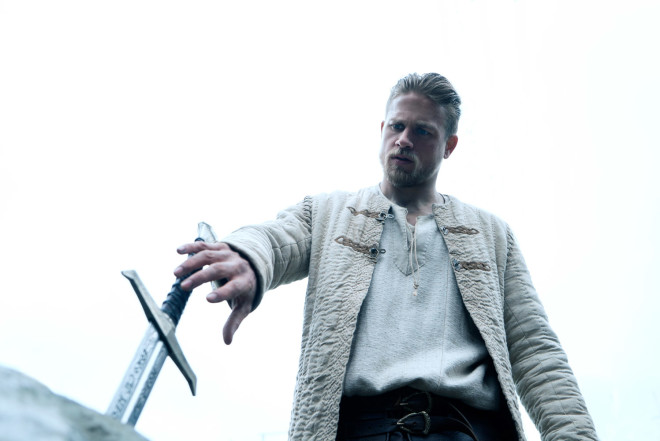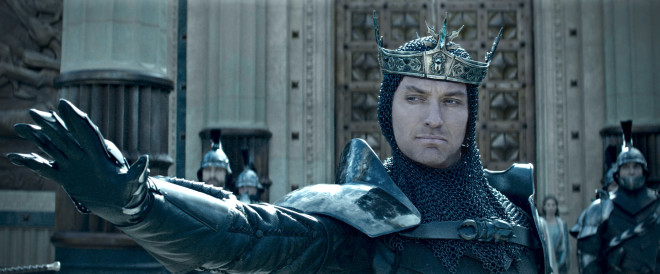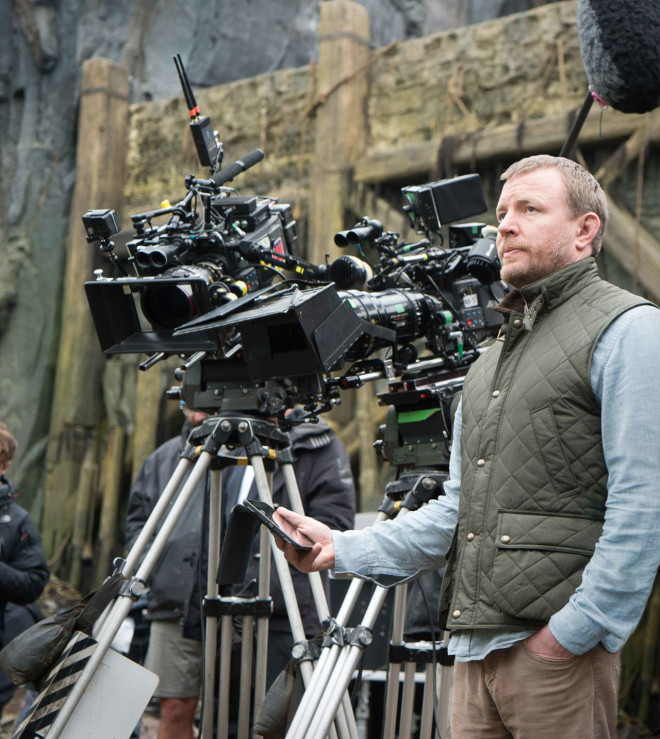
Will it still be called a legend without the telling of a hero’s adventure?
In the beginning, “King Arthur: Legend of the Sword” shows promise. With familiar elements from the insurmountable film series “Lord of the Rings,” the scenes of Camelot’s war convinces the audience that, maybe, there is still much to tell about the tale.
While Mordred, played by Rob Knighton, still plays a vital villain in the retelling of Camelot’s saga, his role in the story only is just fleeting as the sorcerer hungry for power seeks to establish the rule and dominance of mages over mankind. After forging an alliance powered by the ambition of Vortigern (Jude Law), the last strong fortress of the Briton kingdom, Camelot, is attacked. His brother, the ruling King Uther Pendragon (Eric Bana), wielder of the majestic sword Excalibur, beheads the evil mage and temporarily restores peace in his lands.
However, the evening came with an assassination plot. Prince Vortigern sacrifices his beloved wife to be able to summon a demon knight that could defeat Excalibur in battle. He desires the kingdom and the enchanted sword. But the sword only answers to the crown’s real owner. Arthur (Charlie Hunnam), who then escaped his uncle’s murderous clutches, is now at the right age to rule. Vortigern’s reign, although not quite tyrannous even with slavery as his major trade, is one that craves awe and admiration from the public. His ruling days are numbered, and with his armed fleet of Blacklegs, he searches for the true born king.
“King Arthur” promises a more mystical Camelot, taking its modern audience to lands within the kingdom’s realm that were never known to exist—and in its cobblestoned settings, it makes the Briton lands feel real. However, its grandeur of fantasy and adventure remains only on a visual level.
The film isn’t just a clash of swords. It is a clash of storytelling ideas itself. British director Guy Ritchie obviously does not want to trek the traditional path laid out for heroes, but his style renders a pace that disengages its viewers from all characters, but one—Vortigern.

It is a retelling where one hopes evil triumphs not because its heroes are deemed unworthy, but because their cause is raw, futile, and unable to sway its spectators.
In Ritchie’s aggressive attempt to convey a flood of information quickly, each scene renders no empathy nor compassion from an audience on which it wishes to make an impression.
The cross-flashing of scenes between the narration of the present and future action became overused. And this sequence comes at all vital scenes: King Arthur’s childhood, the odyssey through the Badlands, and the strategic ransacking and rebellion against Vortigern’s rule—making the audience wish the scenes would slow down and take its time to actually tell a story. After all, a legend is born not of scenic glimpses, but with forbearing deliverance.

Ritchie’s vision for “King Arthur” has less sentiment and more action. But in choosing to create an impressionistic montage, that are only made of glimpses of all the crucial and indispensable plots that builds morality and motivation for his characters, he has stripped the entire story of humanity. This expensive production worth $300 million is an ambitious re-imagining of King Arthur’s origin story that has no soul. The film is all brute and brawl, just like its lead, King Arthur. Its fear to fall prey to conventional storytelling has dashed its potential to create tension and impact.
As he is unable to orchestrate freshness and enchantment in a well-worn Arthurian narrative, Ritchie instead chooses to cast each spell known in the book of cinematic techniques. His fixation on exhilarating action is pointlessly tiring, and when the story finally begs for the audience’s solicitude, they will have none to offer.
Warner Bros.’ “King Arthur: Legend of the Sword” is now showing in cinemas.












































